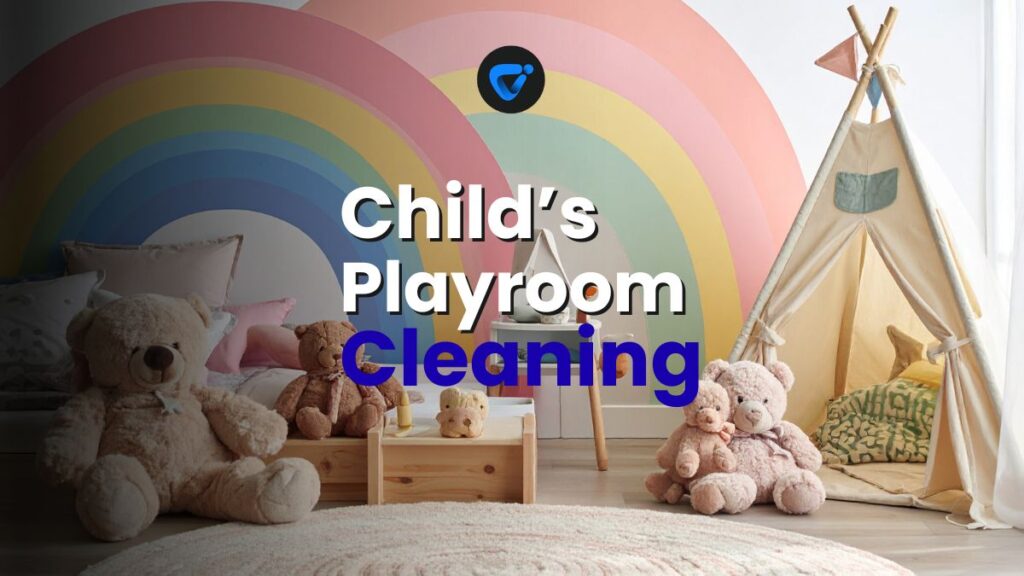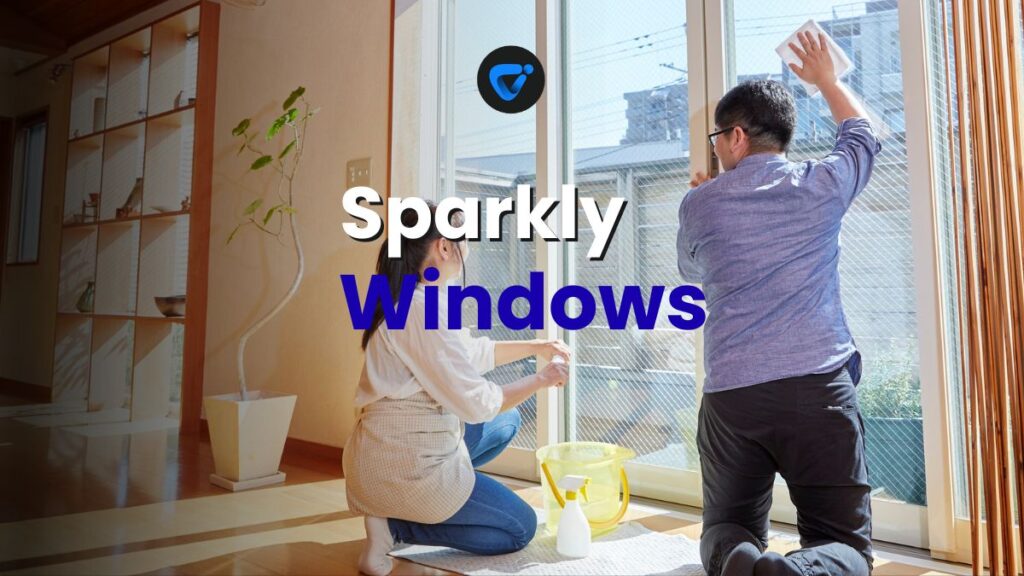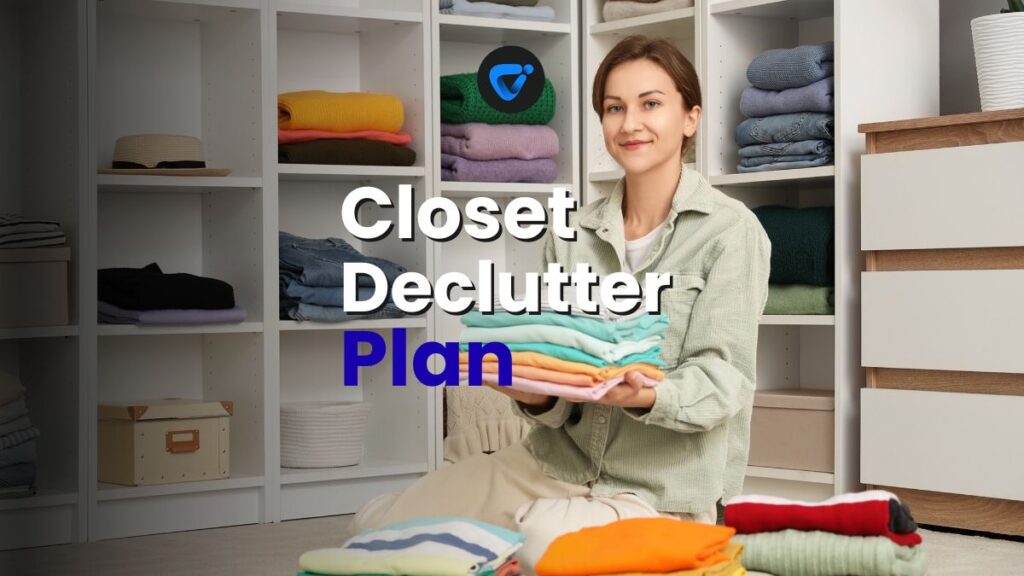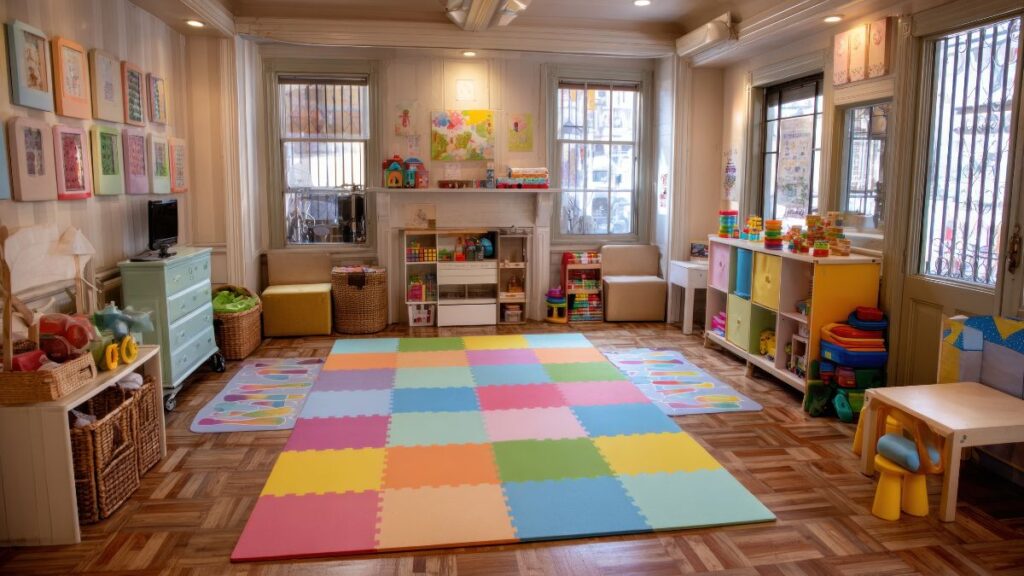
Toys are handled, chewed, and hugged hundreds of times before they’re even a week old in your playroom. When parents search for toy sanitizing solutions, safety rises to the top of the list. There’s a real need to keep play areas clean without introducing hazardous substances into your child’s reach.
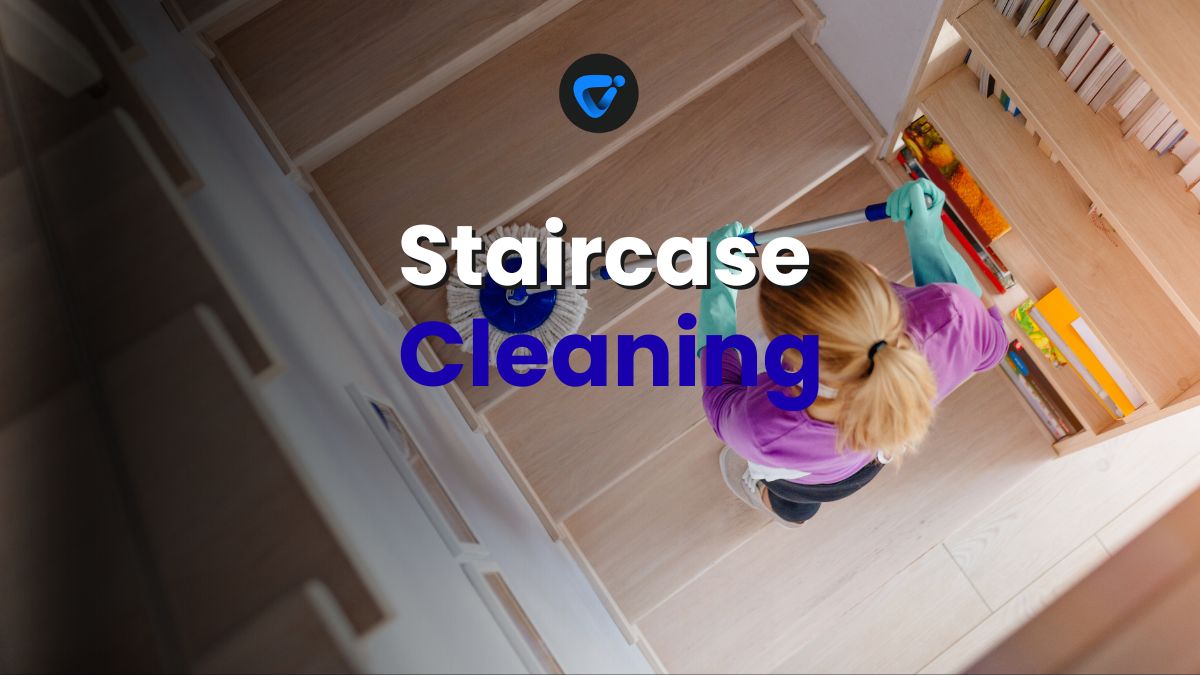
Staircase Cleaning Safety and Effective Techniques
Clean stairs safely and efficiently! Follow our easy techniques to keep every step spotless and slip-free.
Going chemical-free is more than just a preference for some—it protects delicate immune systems while still creating a space where kids can explore freely. Avoiding harsh cleaners also helps maintain toy integrity and protects indoor air quality throughout your home.
Read on for practical and friendly micro-guides focused on home cleaning and maintenance that show you exactly how to keep your child’s favorite items clean and safe. These methods can fit right into any routine, no matter your schedule or experience.
Choosing Natural Solutions for Everyday Toy Sanitizing Success
Simple routines and reliable materials take the guesswork out of toy sanitizing. This approach keeps favorite toys free from sticky messes and grime, while also safeguarding sensitive skin and curious hands during playtime adventures.
Parents who adopt these easy, non-toxic habits notice fewer sniffles and cleaner play areas. Imagine noticing your child’s hands feeling fresh instead of sticky or your living room smelling like fresh air instead of chemicals after tidying up.
Building a Basic Toy Cleaning Routine
Start by sorting toys into washable and wipe-only groups. For washable toys, commit to a weekly soak in a solution of warm water and natural soap. Wipe-only toys get a daily spritz and wipe with a diluted vinegar solution followed by a rinse with a damp cloth for residue-free safety.
On “reset” days, have your child pick which toys need extra love. This keeps them engaged and teaches the value of toy care. When you sanitize together, say, “Let’s keep your toys as clean as your favorite tee,” to tie the analogy to action.
If you spot a toy that’s sticky or smudged midweek—those used for teething or shared with playmates—have a set spot and script. You might say, “This goes in the wash bin so it’s germ-free after snack time!” Immediate action keeps your routine strong and visible.
Quick-Reference Table: Comparing Natural Toy Sanitizing Methods
| Method | Best for | Frequency | Key Takeaway |
|---|---|---|---|
| Soap & Warm Water | Plastic and silicone, bath toys | Weekly, after illness | Deep clean and gentle enough for young children—add to bath-time for efficiency |
| Vinegar Spray | Dolls, action figures, blocks | Daily/Spot clean | Disinfects most surfaces; wipe with damp cloth after for neutral scent |
| Baking Soda Paste | Smeared plush, teething rings | As needed | Lifts stains and neutralizes odors—rinse thoroughly to avoid residue |
| Hydrogen Peroxide (Food grade) | Difficult-to-wash crevices, large items | Monthly or seasonal | Cleans deep without harming finishes—apply sparingly with a cloth |
| Steam Cleaner | Toy vehicles, high-contact sets | Monthly | Sanitizes with zero chemicals—test first to avoid melting or warping |
Simplifying Playroom Maintenance With Effective Toy Sanitizing Strategies
A set of simple, clear rules keeps toy sanitizing stress-free and effective. When you know exactly when and how to clean, the task gets finished—not put off for days.
Use well-defined lists and checklists to turn toy cleaning into a habit, just like bedtime stories or mealtime routines. An organized approach removes uncertainty and guesswork, so even the busiest days stay manageable for any parent.
Scheduling Made Simple: Organize Your Sanitizing Week
Map out weekly and monthly cleaning by printing a “Toy Care” calendar for your family. Mark Mondays for soft toys, Wednesdays for blocks or hard items, and a monthly slot for deeper cleaning—think art supplies or costumes. Stick the schedule in your playroom to keep everyone on track.
- Divide toys into categories—plush, plastic, wood, electronics—so cleaning methods match material for optimal results and longer toy life.
- Set a timer for 10–15 minutes; short sessions are more realistic and make it easy to involve kids without frustration or resistance.
- Label bins or baskets to quickly sort “clean,” “dirty,” and “needs repair,” so nothing gets overlooked or returned to circulation without attention.
- Choose times that fit natural breaks, like after meals or before naps, to weave toy sanitizing seamlessly into existing routines.
- Pair toy cleaning with another daily activity, like loading the dishwasher, so it feels less like a chore and more like a quick win in your day.
Experiment with different schedules until you find one that blends with your family’s rhythm and keeps the playroom sparkling.
Storing Clean Toys for Lasting Results
Dry toys thoroughly before returning them to bins to avoid mildew. Use open baskets or shelves for air circulation—just like letting shoes dry out after the rain.
- Rotate toys regularly, keeping only favorites out while others rest. Fewer toys out means less mess and shorter cleaning sessions for speedy resets.
- Group similar items together, like vehicles in one bin and dolls in another. This prevents cross-contamination and makes it faster to spot what needs washing next.
- Keep a labeled basket near the entrance for recently used or mouthed toys. Family members know what needs cleaning—no guessing required.
- Choose easy-to-clean storage like plastic baskets rather than fabric bags, so quick wipes keep everything clean without extra laundry.
- Review stored toys monthly. Remove anything showing wear or damage so your toy sanitizing system always handles items in safe, usable condition.
Clear storage equals less clutter, fewer missed messes, and a consistently clean playroom for ongoing peace of mind.
Involving Kids in Toy Sanitizing: Routines That Stick
Inviting children to participate in toy sanitizing builds healthy habits from day one. You’ll foster responsibility, pride, and a sense of calm in playtime spaces—all while reinforcing the value of teamwork.
Make toy sanitizing sessions a fun, interactive game that encourages children to take part and celebrate progress together.
Turn Cleaning Into Play With Song or Story
Sing a routine cleaning song whenever you sanitize toys: something like “This is the way we wash our bears, wash our bears, wash our bears.” Songs reset the mood, making the task quick and memorable.
Add a story element—pretend the blocks are getting a “special bath before their big race tomorrow”—so each cleaning session feels like part of playtime, not just another rule.
Let your child “inspect” the toys as a pretend superhero or helper. Script: “Captain Clean, can you see any spots we missed on the race car?” This analogy links fun and responsibility in every step.
Reward Charts for Responsible Toy Sanitizing
Display a colorful, reusable chart in the playroom—children add a sticker for every completed cleaning session. Each row can represent different categories like “soft toys” or “building sets.” At week’s end, celebrate with extra story time or a favorite snack.
The chart reinforces participation and helps little ones see progress. When a child says, “I want to earn a star for my blocks today,” you know toy sanitizing has become internalized as a positive habit.
Discuss how responsible cleaning keeps everyone healthier, referencing specific moments, like: “Remember when your friend came over and you cleaned your trucks together after snack?” Acknowledge effort and results for lasting motivation.
Minimizing Germ Spread Through Everyday Toy Habits
Prevent the cycle of germs in your playroom by targeting common “hot spots” for bacteria. Toy sanitizing becomes second nature when you tie routines to hands-on practices with each play session.
Concrete steps guarantee less risk of shared colds and sticky residues on toys—without setting unrealistic expectations for families.
Daily Wipe-Downs After Playtime
As soon as play ends, sweep high-touch items—like rattles, teething rings, or board books—into a “wipe bin.” Spritz each with a natural solution, then dry with a cloth. This habit stops germs from moving to surfaces or hands before the next adventure.
Teach children to add finished toys to the bin, celebrating the teamwork with phrases like, “You’re finishing our superhero cleanup mission!” Point to visible differences, such as toys looking shiny or colors appearing brighter after a wipe-down.
If midday play involves snack time, double the effort for all mouthed or handled toys. This script, “Let’s give these a snack-time wash!” cues the preventive care lesson: toys deserve cleanliness just like people do.
No Sharing Zone for Sick Days
On days with colds or sniffles, prompt children to set aside all toys touched by the sick family member. Instead of “don’t share,” the rule becomes, “These toys get a solo day for resting, too.” Provide a dedicated basket and script to reinforce the habit every time.
Set a visual reminder, like a red sticker or ribbon, on toys labeled for extra cleaning. Your child knows these items need a special wash before joining the group again—no reminders required.
Stay consistent and reinforce the rule with gentle language: “When we’re all better, these toys can join their friends again!” Simple, observable actions build safety into your weekly toy sanitizing habits without fear or stress.
Picking Safe, Non-Toxic Toy Sanitizing Products and Tools
Stock a small caddy with your favorite non-toxic cleaning tools, so everything’s within reach when the urge to tidy strikes. Choosing safe sanitizing products streamlines routines and lets you act fast without second-guessing ingredients.
When you recognize trusted labels and familiar smells, you’ll clean with confidence—creating a healthy atmosphere for the entire household and encouraging ongoing routines.
Essential Items for Your Toy Cleaning Cart
Include a spray bottle with diluted vinegar, a box of baking soda, a soft-bristled toothbrush, microfiber cloths, and labeled bins for dirty or clean toys. Substitute washed, repurposed containers for caddies to model sustainability for your family.
Remind yourself that you already own most of what you need. Demonstrate to kids: “We’re using this old toothbrush just for cleaning.” It’s a visual, reusable link between playroom care and eco-friendly choices.
Place your cleaning cart at child height for ease of use. Invite children to hand you tools—and praise their help using scripts like, “Thank you for passing the cloth! These toys will be ready for your next playdate.” Enthusiasm increases participation.
Checklist: Non-Toxic Alternatives to Check Before Use
- Test a cleaning product on a hidden spot first; if colors stay bright, it’s toy-safe for full application.
- Always select food-grade hydrogen peroxide or vinegar for peace of mind, avoiding caustic industrial brands entirely.
- Check material guidelines for each toy. Wood requires different care than plush or hard plastic to avoid swelling or residue.
- Choose fragrance-free whenever possible. If using essential oils, stick to child-safe types like lavender, and dilute heavily.
- Inspect all tools for sharp edges or shedding fibers before use, so toys stay intact and risk-free during every cleaning session.
This checklist prevents accidental damages and helps your toy sanitizing routine reinforce a healthy home environment at every stage.
Adapting Toy Sanitizing Routines to Busy Days and Special Scenarios
When your schedule gets hectic or guests arrive, your home cleaning micro-guide for toys should flex. Adaptability ensures progress even when routines get shuffled, all while keeping toy safety a clear priority during busy stretches.
Having realistic backup plans makes it easy to stay on track—even if you tailspin into a little chaos or excitement.
Quick Sanitizing: The Five-Minute Playroom Reset
Assign family members to different zones, using a kitchen timer set to five minutes. One person wipes plastic blocks, another dries plushies, while a third organizes art supplies or game pieces. This “divide and conquer” approach resets the playroom immediately, restoring order and cleanliness without overthinking the process.
If guests arrive, delegate jobs out loud. Example: “Nina, you grab the soft toys, Dad handles squeaky cars, and I’ll do puzzles!” Announce each job clearly so everyone moves fast and efficiently; energy stays high, and the whole room feels clean in record time.
If anyone finishes early, assign them “inspection duty”—double-check for missed sticky spots or hidden messes. This practical trick gives closure to each session while making sure no toy goes overlooked, regardless of pressure or distraction.
Travel and Outdoor Play: Bringing the Essentials
Pack a travel-sized spray bottle of vinegar solution and a few cloths in a sealable bag for road trips or park visits. On returning home, place all toys in your “incoming cleaning bin” until they’ve had a wipe-down. Teach children to expect a quick spritz for all items that leave home and come back, normalizing this protective ritual as part of their adventure routines.
For larger outdoor toys, hose off dirt before applying your usual cleaning solution. Explain: “If we clean them outside first, it keeps the playroom neat when we bring them back in!” You’ll curb outdoor-to-indoor grime and teach practical boundaries between different play spaces.
At family gatherings, set up a toy sanitizing station for cousins and friends to use. Post a sign that says, “Wipe your favorite, share it clean!” as a playful reminder everyone can follow when excitement is high and germs threaten to spread.
Steady Wins: Consistent Toy Sanitizing for a Healthier Home
Regular toy sanitizing empowers you to maintain inviting, safe playrooms without overwhelming effort. Instead of chasing dirt or clutter, you’ll notice your routines providing comfort and safety for everyone in your household.
The tips from these micro-guides help convert to second nature: toy sanitizing starts to blend seamlessly into your lifestyle, so your playroom stays ready for both new games and restorative downtime. Observing fewer runny noses and a cleaner floor can be your daily rewards.
Try updating your routine with one or two new ideas each week, then share your progress with friends or family. Practical knowledge becomes more valuable when it’s shared. Maintaining clean toys is about steady, friendly care, not perfection or pressure.
Frequently Asked Questions
Yes, using diluted vinegar and baking soda is generally safe when you rinse toys thoroughly to remove any residue. Both are naturally derived and mild on sensitive skin, though you should always test a small area first to be certain.
Most plush toys do well with a thorough wash every week, plus extra cleaning after illness or especially messy play. Spot clean spills immediately, and always air dry completely to avoid mildew or lingering moisture inside the stuffing.
Effective toy sanitizing can help reduce the spread of germs within your household by removing bacteria and viruses from shared items. Consistency—especially after sick days and before playdates—is the key to seeing real benefits over time.
Wooden toys need gentle, non-saturating cleaning. Stick to lightly damp cloths with a mild soap or vinegar solution, and always dry immediately. Avoid soaking, as wood may swell or crack. Regular oiling keeps wood supple and in good condition long-term.
Natural toy sanitizing routines that skip fragrances and harsh chemicals are generally better for sensitive children, helping limit asthma or allergy triggers. Focus on gentle, well-ventilated cleaning sessions, and monitor for reactions after introducing any new routine or product.

Fireplace Ash Removal Without the Mess
Clean your fireplace the smart way! Learn how to remove ash without the mess and keep your hearth spotless.
